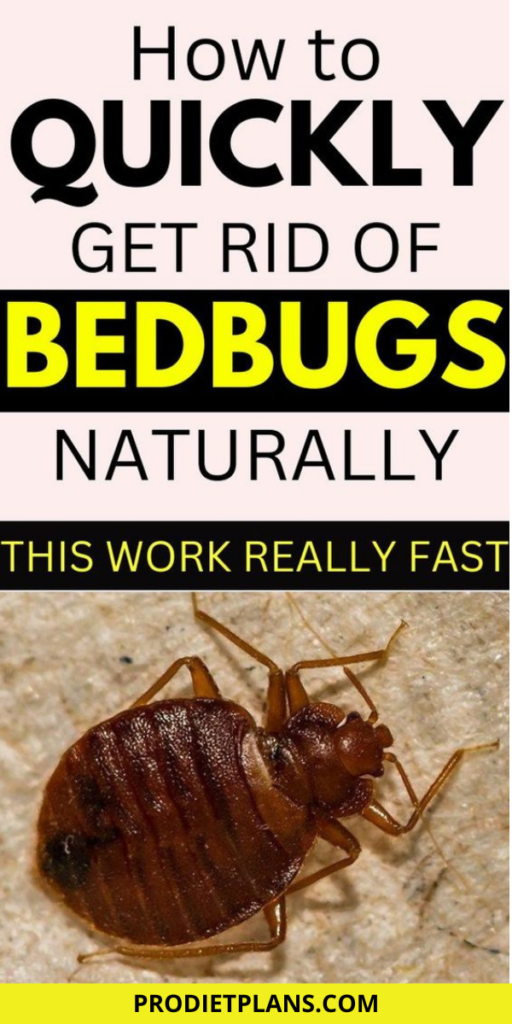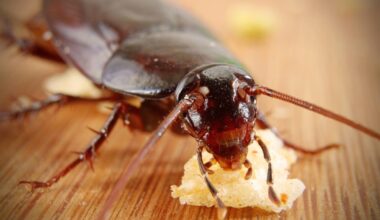Understanding Bed Bugs: A Persistent Pest Problem
Bed bugs are among the most persistent and challenging pests to eliminate from a home. These small, blood-sucking insects, typically no larger than an apple seed, can turn your sanctuary into a source of discomfort and distress. Infestations often lead to sleepless nights, as the incessant biting can cause severe itching and irritation. Beyond the physical discomfort, bed bugs can also trigger anxiety and stress, as individuals may feel violated by the presence of these unwelcome intruders in their personal spaces. Consequently, the fear of bringing bed bugs into one’s home can lead to social withdrawal, disrupting daily activities and diminishing overall quality of life.
The Reproduction Rate of Bed Bugs
What makes bed bugs particularly daunting is their rapid reproduction rate. A single female can lay hundreds of eggs throughout her lifetime, leading to exponential population growth if left unchecked. These pests are remarkably resilient, capable of surviving for several months without a blood meal. Therefore, early detection is crucial in preventing a minor problem from escalating into a larger, more overwhelming infestation. Recognizing the signs of bed bugs early on can save you considerable time, money, and stress in the long run.
Identifying Bed Bug Infestations
Common signs of bed bugs include small reddish-brown stains on bedding, tiny white eggs or eggshells, and the presence of live bugs themselves, often hiding in the seams of mattresses, headboards, and other furniture. In severe cases, the infestation can extend beyond the bedroom, infiltrating living rooms and even the nooks of cabinets. Moreover, it’s important to inspect upholstered furniture, carpets, and electrical outlets as these pests can easily hide in various locations around your home.
Effective Treatment Options
Getting rid of bed bugs requires a thorough and strategic approach that combines multiple treatment methods. Traditional chemical treatments can be effective but may pose health risks, especially to vulnerable populations such as children and pets. Therefore, many homeowners are turning to integrated pest management strategies, which incorporate both chemical and non-chemical solutions. Options such as heat treatments and steam methods are highly effective in killing bed bugs at all life stages without the use of harmful chemicals. Additionally, professional extermination services may also be necessary, utilizing targeted insecticides designed for indoor use.
The Importance of Thorough Inspections
To effectively address a bed bug infestation, it is essential to conduct a thorough inspection of your living space. Start by checking beds and linens, but don’t overlook other areas such as furniture, carpets, and even electrical outlets. The more comprehensive your inspection, the better prepared you will be to tackle the problem. Once you have identified potential hiding spots, it’s vital to act quickly to contain and eliminate the infestation before it spreads further.
Preventive Measures to Keep Bed Bugs Away
Preventive measures are equally important to ensure that bed bugs do not return after you’ve successfully eradicated them. Regularly inspecting secondhand furniture, using protective covers on mattresses and pillows, and maintaining cleanliness can help minimize the risk of reinfestation. Moreover, washing bedding and clothing in hot water can kill any hidden bed bugs and their eggs. By implementing these proactive steps, you can safeguard your home against future infestations and enjoy peace of mind.
Travel Tips to Avoid Bed Bugs
Additionally, being cautious when traveling is essential for preventing bed bug infestations. Inspect hotel rooms for signs of bed bugs and keep luggage off the floor and away from beds. Using luggage encasements can provide an extra layer of protection while you travel. These simple precautions can significantly reduce the likelihood of inadvertently bringing bed bugs home, allowing you to enjoy your trips without the fear of pests.
How to Get Rid of Bed Bugs in Your House
1. Identifying Bed Bugs
Before attempting to eliminate bed bugs, it’s important to confirm their presence. Bed bugs are small, oval-shaped, and reddish-brown insects that typically hide during the day and come out at night to feed on blood. Here are some common signs of bed bugs:
- Bite Marks: Bed bug bites often appear as small, itchy red welts, usually in a line or cluster. However, not everyone reacts to the bites, so visual confirmation is key.
- Fecal Spots: Dark or rusty spots of bed bug excrement can appear on mattresses, bed sheets, or near hiding places.
- Shed Skins and Eggs: As they grow, bed bugs shed their skins. Finding these or their tiny, white eggs is another sign of an infestation.
- Live Bed Bugs: Inspect seams of mattresses, box springs, bed frames, and furniture for live bugs. They can also hide in cracks in the walls, floorboards, and even electrical outlets.
2. Isolating the Infestation
Once bed bugs are identified, isolating the infestation is crucial to prevent them from spreading:
- Encase Your Mattress and Box Spring: Use special bed bug-proof covers to trap bed bugs inside your mattress and box spring, preventing them from escaping and eventually killing any that are inside.
- Vacuum Thoroughly: Vacuum your entire home, focusing on areas where bed bugs are likely to hide, such as cracks, corners, seams, and under furniture. Dispose of the vacuum bag immediately in a sealed plastic bag.
- Seal Infested Items: Place infested items, like bedding and clothing, into plastic bags or containers until they can be treated.
- Reduce Clutter: Bed bugs thrive in clutter. Reducing piles of clothes, papers, or other items will minimize their hiding spots.




